Tag Archives: reviews
Zachary Fabri, Forget me not, as my tether is clipped
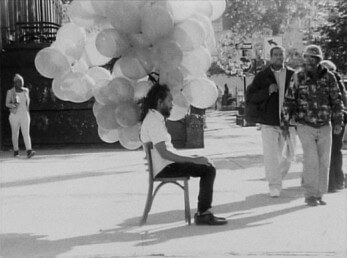
The exhibition is strewn about the Museum of Art Fort Lauderdale. “Scattered… as stepping stones for the viewer’s passage through time and space” says the museum’s materials. The videos’ peppered arrangement falls quickly into place, acting as nodes of cultural critique, autonomously growing in the rubbed joints of the museum’s authority. Fabri’s “Me and Them” (2005) is one of the first pieces you encounter upon entering the museum’s expansive lobby.
Richard Hamilton
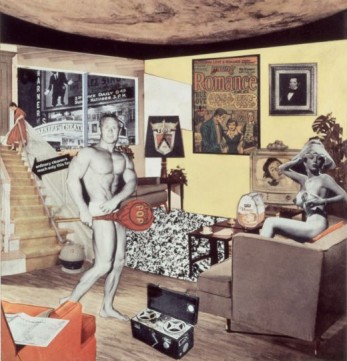
Richard Hamilton famously claimed that for him, Braun’s industrial design was as inspirational as Mont Sainte-Victoire was for Paul Cézanne. The sleek modern lines of Braun’s eponymous toasters were his phenomenological muses. This analogy provides great insight into Hamilton’s eclectic body of work.
Metabolic Bodies
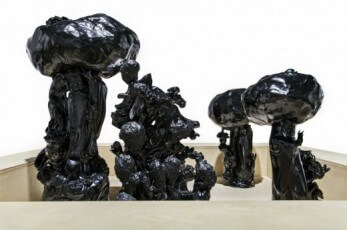
The title of the group exhibition at David Castillo Gallery, Metabolic Bodies, implies that the strategy of using manipulated readymades is a corporeal action, a chemical change that transforms a substance (in this case found images or objects) into energy.
Russell Maltz, Painted/Stacked 2014 – Conveyance
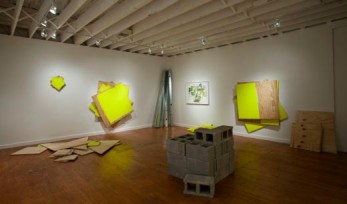
The work of Russell Maltz hovers in the fragile beats between two frequencies. One is the mark-making impulse of the human, while the other is the homogenous system of distribution of the inhuman. In his assemblages of generic building materials—concrete masonry units (cmu), metal studs, PVC pipes, and plywood—there are actions and operations rather than conceptual compositions. Thus the show title situates Maltz’s work as neither self-consciously elevated nor counterproductive.
Italian Futurism, 1909-1944: Reconstructing the Universe

In 1909 the Italian poet (and consummate self-publicist) Filippo Tommaso Marinetti introduced Italian Futurism to an international audience, through the publication of his first Futurist manifesto on the front page of leading Parisian newspaper La Figaro. Launched into the heart of the art world, Marinetti’s manifesto promoted Futurism as a new art borne of violent struggle, explicitly rejecting Italy’s status as the center for art of the past, with phrases such as “Set fire to the library shelves!”
R. Luke DuBois, NOW
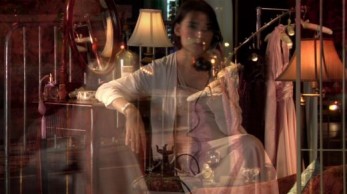
NOW, the survey of artworks by R. Luke DuBois currently on view at The Ringling Museum of Art, is a collection of portraits created from crowd-sourced information. Each originates as data aggregated from sources like Billboard charts, music videos, Manhattan traffic, and the circus. Some portraits consist of complex systems, including his newest, which involves motion-triggered video, and others take on a more traditional identity as flat works recalling the history of the genre. By placing them side by side, curator Matthew McLendon emphasizes transitions both in social ideology and artistic representation.
Virginia Poundstone, BOG-MIA
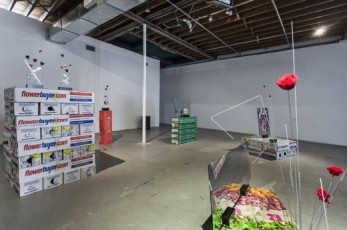
In BOG-MIA, New York-based sculptor Virginia Poundstone cross-pollinates sculpture, video installation, and photography to explore the transformation of flowers from living things to commodities within the global system of trade. The installation is rich in matter and material, incorporating vinyl, granite, aluminum, and chemically altered roses into her work. At the core of Poundstone’s installation is an inherently complicated species, one that yields a complex world beyond its natural state.
Americana (Pérez Art Museum Miami: December 4, 2013 – May 1, 2014)
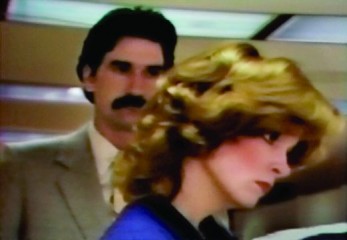
Americana brings together works from the museum’s early-stage collection and loans from area collectors in an attempt to create a legible co-history between the continental Americas, using its location in Miami as a framework. The city itself rolls together peoples and histories from the Caribbean and the Americas; here, the resulting cultural intersections and chasms are reflected in this exhibition in six parts.
JPW3, Solid Single Burner
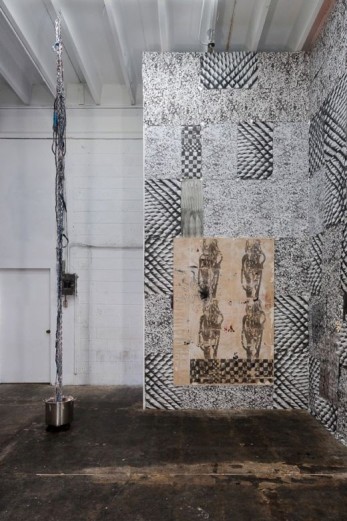
Stepping into the coral-like trove of Solid Single Burner, the LA-based artist JPW3’s solo at Michael Jon Gallery, is like entering a process grotto. There is strong physical and poetic cohesiveness throughout—a transfer of imagery, materials and ideas coupled with literal changes of state as elements dematerialize and incorporate into one another in a self-referential cycle.
Catherine Czacki/April Street
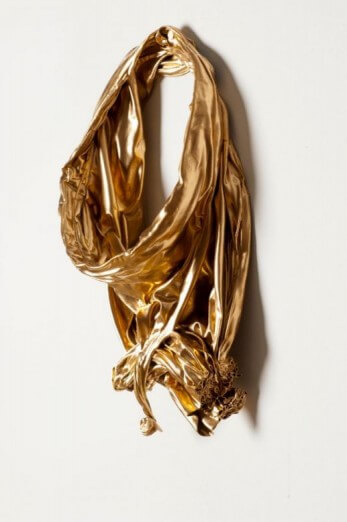
In this intimate exhibition of California-based Catherine Czacki and April Street, sculptures and wall-hangings are connected by their common link to the human body, albeit not in a literal sense. In each, the body is an inferred presence and deferred absence. The artists highlight how things are never simply objects, which leads the viewers/lives to begin an analysis of the place of objects in their own life.
